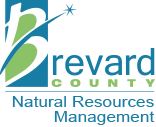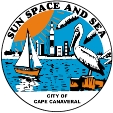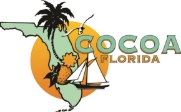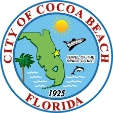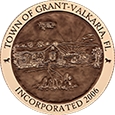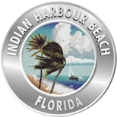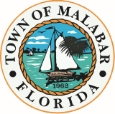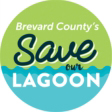What’s Weighing Down Your River?
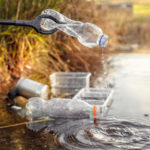 There is a wide variety of trash found at river cleanups; from shopping carts to sofas, bottles to baby dolls. National River Cleanup volunteers work to make these waterways trash-free – removing unique and common items alike. In no particular order, below are the five most common trash items found at river cleanups:
There is a wide variety of trash found at river cleanups; from shopping carts to sofas, bottles to baby dolls. National River Cleanup volunteers work to make these waterways trash-free – removing unique and common items alike. In no particular order, below are the five most common trash items found at river cleanups:
- CIGARETTE BUTTS: Cigarette butts weigh one gram or less, but they account for 30% of all litter in the United States. They are the single worst offender in spite of their small size (food packaging makes up a larger percentage of litter but includes more than just one item, like straws, takeout containers, snack wrappers, etc.). This means that more than one trillion cigarettes are discarded each year, weighing over two billion pounds…or the equivalent of 42 Titanic’s stacked together!
- PLASTIC BOTTLES AND BOTTLE CAPS: More than 22 billion plastic water bottles are thrown away yearly, meaning only about one in every six water bottles purchased in the United States ends up being recycled. An average water bottle weighs about 12.7 grams, so the amount of water bottles wasted each year weighs over half a billion pounds. That’s almost as heavy as the Empire State Building! Plastic bottles and bottle caps aren’t biodegradable, but they do photodegrade. That means that this plastic breaks down into small parts in the sun, and releases chemicals into the environment as they disintegrate. The worst part? They continue breaking down for 500 – 1,000 years!
- FOOD PACKAGING: Food packaging is the largest category of waste on this list, as it includes household packaging (i.e. milk jugs, juice boxes, and snack packaging) as well as fast food packaging (i.e. paper, Styrofoam, paperboard wrappings, coffee cups, and drink cups). Almost half of litter in the U.S. is food packaging. While some of these items could be recycled, most are not, and often these are found weighing down shorelines and waterways. The Natural Resources Defense Council estimates that fast food chains and consumer brand manufacturers relying on single-use packaging waste over $11 billion a year, enough to fund ¼ of the U.S. Energy and Environment budget.
- PLASTIC BAGS: Plastic bags are so common in the United States that over 100 billion bags are used each year. Over three times more bags end up as litter in our forests and waterways than are recycled annually. Plastic bags only weigh about eight grams each, but enough are littered annually to weigh as much as 176 adult blue whales! Plastic bags take almost as long to degrade as plastic bottles, leach chemicals into the environment, and inhibit natural water flows.
- ALUMINUM CANS: Almost 100 billion aluminum cans are used in the U.S. annually, and only about half of these cans are recycled. The rest go to landfills or into the environment. Beverage containers account for 50% of roadside litter (though this statistic includes plastic containers), and much of that is washed into our waterways. Every aluminum can weighs about 14.9 grams, which means that even if only 1% of the aluminum cans used each year were littered, there would be enough waste to equal the weight of 2,500 African bush elephants, and enough cans to circle the equator almost two and a half times.
BONUS: WHAT WILL STAY IN YOUR RIVER THE LONGEST? MICROPLASTICS.
Microplastics can come from larger plastic items when they break down, or in the form of products like microbeads. Most microplastics float into the ocean, but a lot will sink to the bottoms of riverbeds and mix in with the sediment there. This effects oxygen levels in the water as well as harms animals that depend on these ecosystems for their livelihoods. Because plastic takes so long to break down, microplastics are so small, and these items are located along the bottom of rivers, they can stay in the rivers for potentially up to 1,000 years.
 a clean lagoon is everybody’s business.
a clean lagoon is everybody’s business.Lagoon LoyalTM is a new and growing program that encourages Brevard County residents to take actions that benefit the health of the Indian River Lagoon by offering rewards from local businesses. These actions help reduce excess algae-feeding nutrients that enter our Lagoon through groundwater and stormwater.





